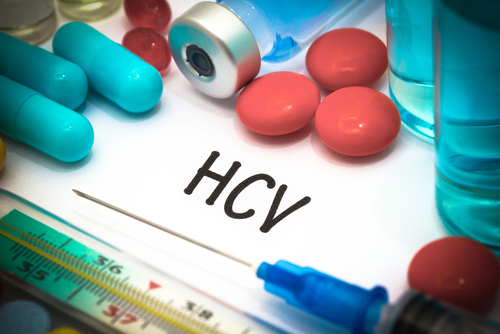Punjab model to cure Hepatitis C virus infection delivers promising results
IANS Apr 13, 2018
A decentralised system of care and the provision of free direct-acting antiviral agents (DAAs) can lead to high rates of cure among people with hepatitis C virus (HCV) infection, shows a large-scale study conducted in Punjab.

The study presented at the International Liver Congress 2018 in Paris, France on April 12 validated the efficacy and safety of generic all-oral DAA regimens delivered using a decentralised algorithm-based public health model. In the study, a population of almost 20,000 individuals completed treatment for hepatitis C virus infection. "We have shown in our study that it is possible to cure more than 90 per cent of individuals with HCV infection in a highly dispersed population using well-trained teams in government medical colleges and district hospitals, and widely available DAAs," said Professor Radha Krishan Dhiman from the Postgraduate Institute of Medical Education and Research, Chandigarh, and lead author of the study.
"We believe the Punjab Model could be applied to many different populations with the aim of eliminating HCV," Dhiman said. Hepatitis C virus (HCV) infection represents a major healthcare burden in India, with an estimated 12-18 million people infected. The burden is particularly heavy in Punjab, owing to the high prevalence of risk factors such as unsafe medical practices -- including unsafe medical injections, blood transfusions and dental procedures -- and intravenous drug use.
The study assessed the feasibility of delivering decentralised HCV care via three government medical colleges and 22 district hospitals, and required the training of approximately 90 medical specialists, pharmacists and data managers. A cost-effective treatment algorithm was developed using sofosbuvir-based regimens to treat all patients with HCV infection, with regimens selected based on the presence/absence of cirrhosis and HCV genotype.
A total of 29,371 patients were enrolled in one year, of which 19,646 patients completed treatment. Cure rates among individuals with cirrhosis (93.1 per cent) and without cirrhosis (92.4 per cent), and those with genotype 3 (92.6 per cent) and other genotypes (93.1 per cent), were similar. No major adverse events were reported, the researchers said.
-
Exclusive Write-ups & Webinars by KOLs
-
Daily Quiz by specialty
-
Paid Market Research Surveys
-
Case discussions, News & Journals' summaries